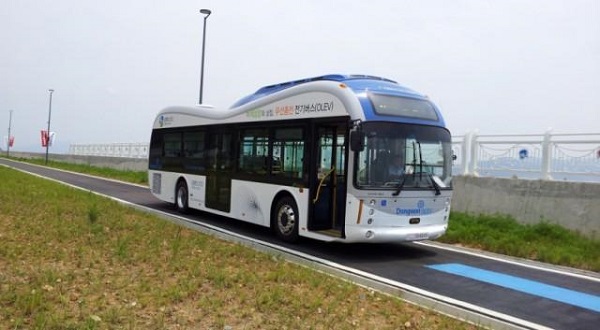The mileage of an electric vehicle depends very much on the capacity of its battery. If such vehicles were powered by the road they drive on, like the ones recently launched in South Korea, they could cover much greater distances.
About 7 years ago I had a wireless optical mouse that didn’t require batteries to run. The mouse pad provided the necessary power, besides assuring the connection to the computer. The concept behind all this was rather simple, even though to some it might seem amazing even in our times. The mouse was powered via induction, and the whole idea was extraordinary. It’s somehow a shame that A4Tech has since stopped manufacturing such mice. While developed at a different scale, the electrified strips of road on which the Online Electric Vehicles (OLEV) run are based on a somehow similar concept.

The network of roads that will power the OLEV has been constructed specially for this purpose. The electrical cables are located right beneath the surface, and the online electric vehicles get the electric current from them via magnetic resonance.
In comparison to normal electric vehicles, the road-powered variety are even better, as their batties are smaller, fact that would lead to lighter buses and cars. On top of that, the energy consumption is much smaller. Normal electric vehicles have yet to become mainstream, so the road-powered ones might take even longer, but still, it’s great to see that progresses are made in what concerns vehicles that run on anything else but gasoline.
Now, if the electric current that circulates through the cables in the road would come from giant solar panels, the entire thing would be incredibly ecological. Even if South Korea was willing to share this technology with the rest of the world (mind you, I’m not saying that it’s not), it would take ages before some countries could implement it. This being said, I still really hope that such roads and vehicles really take off, so that the entire world becomes a better, greener place.
Electric vehicles of any kind are still expensive, so when wanting to buy a car most people will still turn to the ones running on gasoline. Maybe if the planet runs out of oil, people will pay more attention to what they drive.
If you liked this post, please check the Pure Tension Pavilion, Volvo’s sci-fi way of solar charging vehicles and Stella, the first solar-powered family car.










